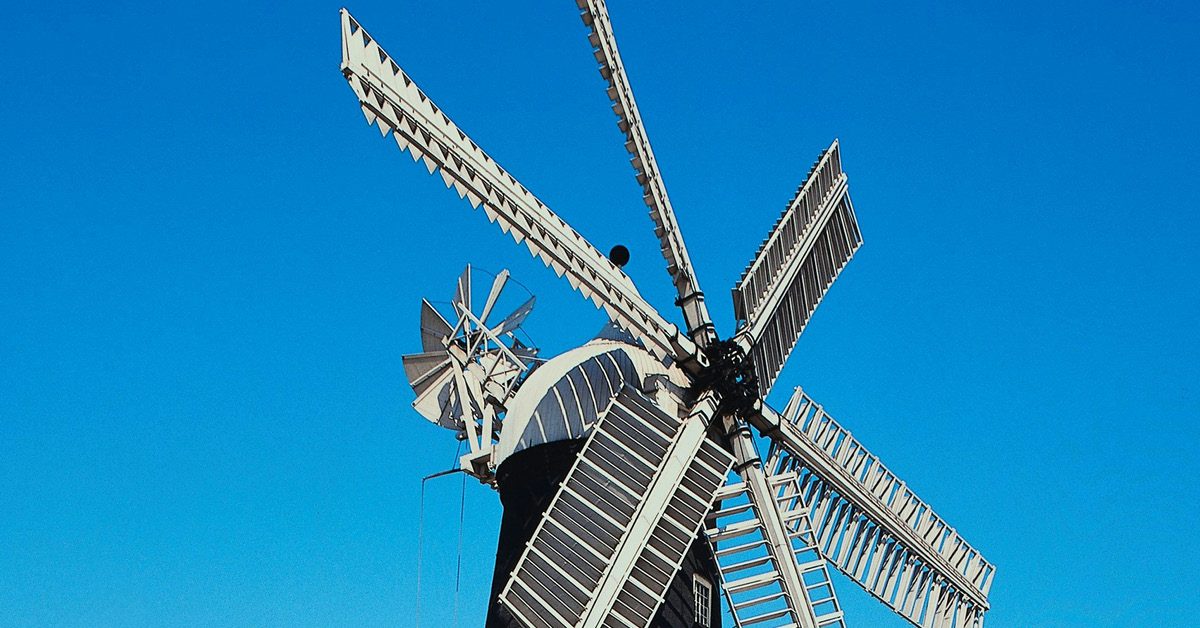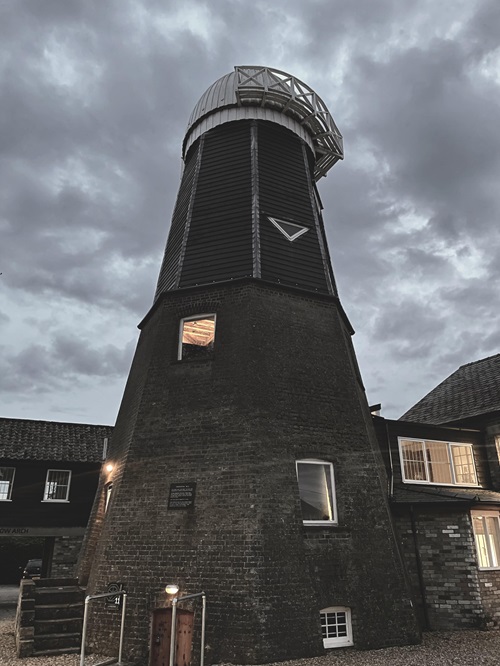

If you proceed from the centre of Cambridge, northward, venturing beyond Castle Mound before veering eastwards at the first major intersection, you might stumble across a road called French’s. You will know it by the two landmarks on either side of its entrance. On the one side is a pub called the Carpenter’s Arms where delicious pizzas are served and where bartenders and chefs lob good-humoured Latinate expletives at one another across the dining area. On the opposite corner of the road is a graveyard. It was designed by a man called John Loudon – a man who made a profession of designing graveyards. It has footpaths around the perimeter and one that runs through its centre. Here, under large trees there are benches where you can enjoy birdsong and contemplate death and life – or nothing at all – in the company of gravestones valiantly guarding death against the patient power of green growing things.
Pass the pub on your right and the graveyard on your left, proceed down French’s Road and continue to where it seems to terminate. You will find that it does not terminate after all and suddenly leads into something like a courtyard surrounded by tall chestnuts. Hardly will you have time to note the various modern-looking buildings in the courtyard, because rising up before you, as if out of the earth at the very moment of your wandering into this place, is an old smock mill. Chesterton Mill once belonged to a man called William French who acquired it around 1853. Its sails were taken out of the wind in 1912, and, although today it no longer produces flour for bread, the tradition of local industry in the mill continues, as it is now inhabited by an English winemaker (which proves not to be an oxymoron).
It is here that the Kirby Laing Centre has its home – the windows of our office look out onto the mill. KLC was born in the COVID-19 pandemic – which is to say, online. But life cannot be lived on the internet and one needs a place to stand and say: Here we are! We do so from Chesterton Mill.
A working mill, of course, also has sails and so shares something in common with a ship, which must be firm enough to withstand the waves while also yielding to the wind.
Societies preserve buildings like old mills and churches and regard them with reverence not merely as sites of historical curiosity. These buildings are often uniquely able to welcome a plenitude of meaning that many modern buildings are inhospitable to. A mill houses associations both of stability and adaptability – tradition and technology. Our mill stands on a broad hexagonal base and is built of brick. It seems immovable. But a working mill, of course, also has sails and so shares something in common with a ship, which must be firm enough to withstand the waves while also yielding to the wind. The mill no longer has sails but has proven to be very adaptable indeed – remaining hospitable to twenty-first-century tenants.
We live in a world where categories are blurred and distinctions erased – mostly this generates a sense of absurdity and alienation. But some seeming contradictions ring with a sort of resonance and music – a mill without sails that has produced bread but now produces wine (inviting profound Christian associations) is such a thing of paradoxical resonance. Perhaps a centre for public theology can produce similar resonances among the strands it seeks to pull together and hold in tension – and bring forth something inspired, firmly set on the foundation of Scripture, meekly yielding to the wind of the Spirit.
Otto Bam is the Arts Manager for the KLC, the ArtWay.eu editor and an Associate Fellow of the KLC.


Get the latest issue in print or subscribe for the next three.